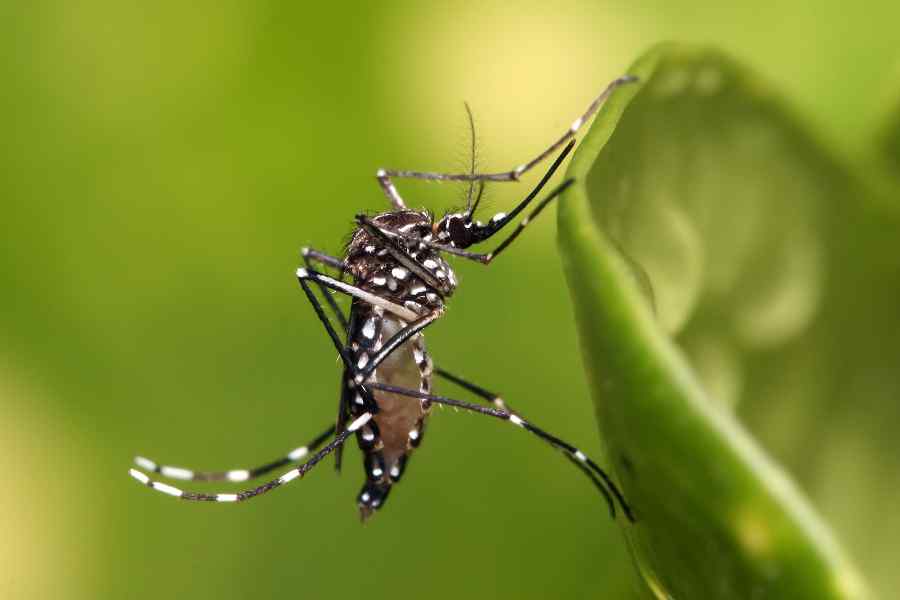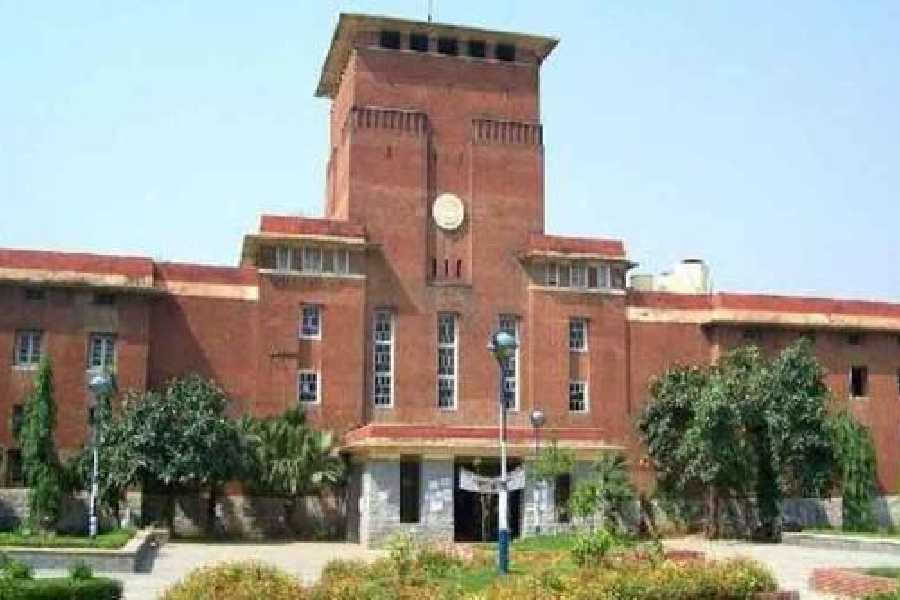
Last week, more than 70 people died when thunderstorms and lightning hit five states of the country - West Bengal, Uttar Pradesh, Andhra Pradesh, Uttarakhand and Delhi. And last month, there was a news report that said Andhra Pradesh recorded 36,749 lightning strikes in a span of 13 hours, which is usually the number registered for a whole month in peak season.
In the subcontinent, the peak season for lightning is the month of May, while April to June is an action-packed period. Experts have established this using the LIS or Lightning Imaging Sensor aboard NASA's Earth Observing System Tropical Rainfall Measuring Mission satellite. It has also been established that the frequency of lightning has definitely increased.
In the 2015 paper Lightning fatalities over India: 1979-2011, Omvir Singh and Jagdip Singh of Kurukshetra University state: "There exists an increasing trend in the number of lightning fatalities with time and considerable inter-annual variations. There were 159 fatalities per year from 1979 to 2011."
In Indian mythology, a lightning bolt is the weapon of Indra, king of the gods. In Greek mythology, it is a weapon given to Zeus by the Cyclops - he of the single eye on the forehead. In Chinese mythology, Taoist deity Lei Gong uses thunderbolts as a weapon and his wife, Tian Mu, creates lightning flashes with her mirror.
But what is lightning in reality?
According to Earle R. Williams, research scientist at MIT engaged in studying global lightning activity, "Lightning is an electrical discharge that occurs within a thunderstorm. Its visual manifestation is a crack in the sky."
"Lightning occurs when an electrical charge is built up within a cloud due to static electricity generated by super-cooled water droplets colliding with ice crystals. When a large enough charge is built up, a large discharge will occur and can be seen as lightning," elaborates Sutapa Chaudhuri of the department of Atmospheric Sciences, University of Calcutta.
As the cloud charges swell, so do the oppositely-charged particles on the Earth's surface. At some point, the atmosphere becomes so charged that the particles on both sides hurtle towards one another at great speed. When they meet, they complete an electrical circuit. Charge from the ground then surges upward at nearly one-third the speed of light and we see a flash of lightning spear the sky.
To understand it better, think of two armies charging towards each other on the battlefield. When they come together, there is a clang of weapons meeting and a cloud of dust that obscures the soldiers. In this case, there is the crash of thunder and the flash of lightning.
Chaudhuri has studied - and continues to study - thunderstorm and lightning activity over Calcutta. In several papers authored by her, she has pointed out the connection between lighting and pollution. She tells KnowHow, "Suspended Particulate Matter or SPM and aerosol have a strong correlation with lightning flash count, which is the total number of lightning flashes during a thunderstorm."
Suspended particulate matter are the tiny solid pieces that are dispersed through the air, such as dust and soot. They are produced by vehicles, combustion processes, industrial activities or natural sources and are, basically, pollutants. An aerosol is a suspension of fine solid particles or liquid droplets in air or another gas. Incidentally, Calcutta has an unacceptably high count of SPM, the reason it has so many people with respiratory diseases.
Chaudhuri says that pollutants that affect clouds also impact weather and climate. To arrive at this conclusion, she has pored over pollution data from the West Bengal Pollution Control Board, which includes the concentration of SPM, particulate matter 10 (PM10), nitrogen oxides (NOx), and ozone (O<->3<->) over Calcutta; lightning data from the LIS database and aerosol optical depth (AOD) and cloud top temperature (CTT) from the Moderate Resolution Imaging Spectroradiometer (aquaerra) satellite.
In the paper The reciprocal relation between lightning and pollution and their impact over Kolkata, India, which she co-authored with Anirban Middey, Chaudhuri observes: "The higher SPM concentration over the surface contributes to more CCN or cloud condensation nuclei [small particles on which water vapour condenses]. These result in the reduction of the mean cloud droplet size... Thus, more supercooled water is likely to exist at greater depths in clouds. The profusion of supercooled water may generate large graupel [snow pellets or soft hail]. The net effect is an enhanced lightning activity over the urban regions."
A higher concentration of SPM means the water vapour in clouds have many more particles to condense around - or CCN. That translates to more cloud particles or little drops of water. Since there are very many cloud particles and the supply of water is limited, the tiny drops of water do not get big enough to fall as rain. So the cloud stays up in the sky longer, giving the water droplets more time to freeze and increases the chance of their clumping together to form snow pellets. When there are more water droplets and more graupel in a cloud - static electricity is created when these two collide -a bigger charge is formed. This increases the potential for lightning too.
The impact of a lightning strike of high intensity on a human being - actually, any living creature - is death. But these deaths do not tell the whole story.
According to Chaudhuri's research, too many bolts of lightning also have an adverse effect on the environment. Lightning causes the production of NOx (nitrogen oxide) in the atmosphere, which creates surface ozone through a photochemical reaction in the presence of sunlight. And while ozone is highly desirable in the stratosphere - we are forever complaining about the ozone hole there - it is not wanted in the troposphere, the atmospheric layer closest to us. Here, it is the main ingredient of urban smog and the cause of a lot of respiratory ailments.
Not for nothing do they say, struck by lightning.










